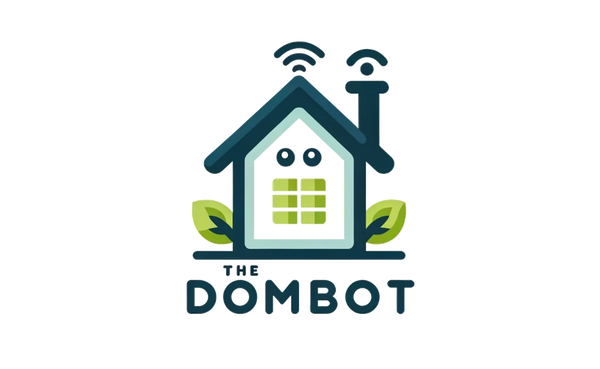Collection: Home Assistant Docker: A Smoother, More Powerful Experience
The Case of the Missing Home Assistant: A Docker Tale
Hey there, tech-savvy home automation enthusiasts! Today, we're diving into the fascinating world of Home Assistant Docker. Now, I know what you're thinking: "Docker? Isn't that just for hardcore developers?" Well, my friends, you'd be surprised. Docker can actually be your secret weapon for a smoother, more powerful Home Assistant experience.
The Problem: My Home Assistant Was a Mess
Let's rewind a bit. I was a happy Home Assistant user, but my setup was starting to feel like a tangled mess of wires (figuratively, of course). I had a bunch of different integrations, add-ons, and custom components, all vying for attention. It was a recipe for disaster, and my poor Home Assistant was struggling to keep up.
My automation routines were acting up, my integrations were crashing, and my smart home was starting to feel more like a smart home-wreck. It was time for a change.
The Solution: Docker to the Rescue!
Enter Docker, the superhero of containerization. Docker allows you to package your applications (like Home Assistant) and all their dependencies into neat little containers. These containers are self-contained and can run on any machine, regardless of the underlying operating system.
Think of it like this: instead of having a messy kitchen with all your ingredients scattered everywhere, Docker lets you organize everything into neat, labeled containers. You can easily move them around, share them with others, and even run multiple versions of the same application without conflicts.
Setting Up Home Assistant with Docker
Now, I know what you're thinking: "Docker sounds great, but how do I even get started?" Don't worry, it's not as complicated as it seems. There are a few different ways to set up Home Assistant with Docker, but I'll focus on the two most popular methods:
1. Home Assistant Docker Compose
This is the method I used, and it's a breeze. Docker Compose is a tool that lets you define and manage multiple Docker containers in a single file. It's like a recipe for your Home Assistant setup, telling Docker exactly what to build and how to connect everything.
Here's a basic example of a Docker Compose file for Home Assistant:
version: "3.7"services: homeassistant: image: homeassistant/home-assistant:latest restart: unless-stopped volumes: - ./config:/config ports: - 8123:8123
This file tells Docker to pull the latest Home Assistant image, restart it automatically if it crashes, map your local config directory to the container, and expose port 8123 for access from your browser.
You can find detailed instructions on how to set up Home Assistant with Docker Compose on the official Home Assistant documentation: https://www.home-assistant.io/docs/installation/docker/
2. Home Assistant Supervised Docker
If you're looking for a more streamlined experience, Home Assistant Supervised Docker is a great option. This method provides a pre-configured environment for running Home Assistant and its add-ons in Docker. It's like a pre-built kitchen with all the appliances and utensils you need.
You can find more information about Home Assistant Supervised Docker on the official documentation: https://www.home-assistant.io/docs/installation/supervised/
The Benefits of Home Assistant Docker
Now that you've seen how easy it is to set up, let's talk about the benefits of using Docker for Home Assistant:
- Isolation: Docker containers are isolated from each other and from your host system, preventing conflicts and ensuring stability.
- Portability: You can easily move your Home Assistant setup to a different machine without any hassle.
- Scalability: You can easily add more containers for add-ons and integrations as your needs grow.
- Version Control: Docker allows you to easily manage different versions of Home Assistant and its add-ons.
- Security: Docker containers provide an extra layer of security by isolating your Home Assistant from the rest of your system.
Home Assistant Docker Add-ons
One of the best things about using Docker for Home Assistant is the vast ecosystem of add-ons available. These add-ons are pre-built Docker containers that extend the functionality of Home Assistant.
From security cameras and media players to network monitoring and custom integrations, there's an add-on for almost everything. You can find a list of available add-ons on the Home Assistant Community Add-on repository: https://github.com/home-assistant/addons
Conclusion: Docker is a Game Changer
So, there you have it! Home Assistant Docker is a game changer for anyone serious about home automation. It's easy to set up, incredibly powerful, and offers a ton of benefits. If you're still running Home Assistant on a bare-metal system, I highly recommend giving Docker a try. You won't regret it!
And remember, if you have any questions or need help getting started, don't hesitate to reach out to the friendly Home Assistant community. We're all in this together!
